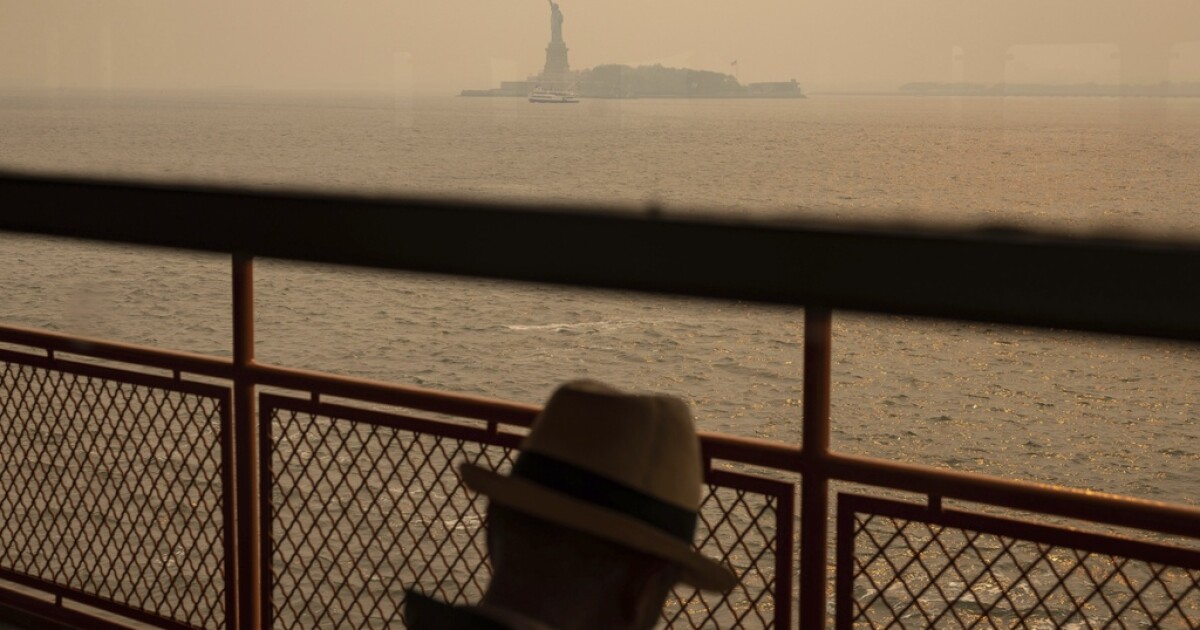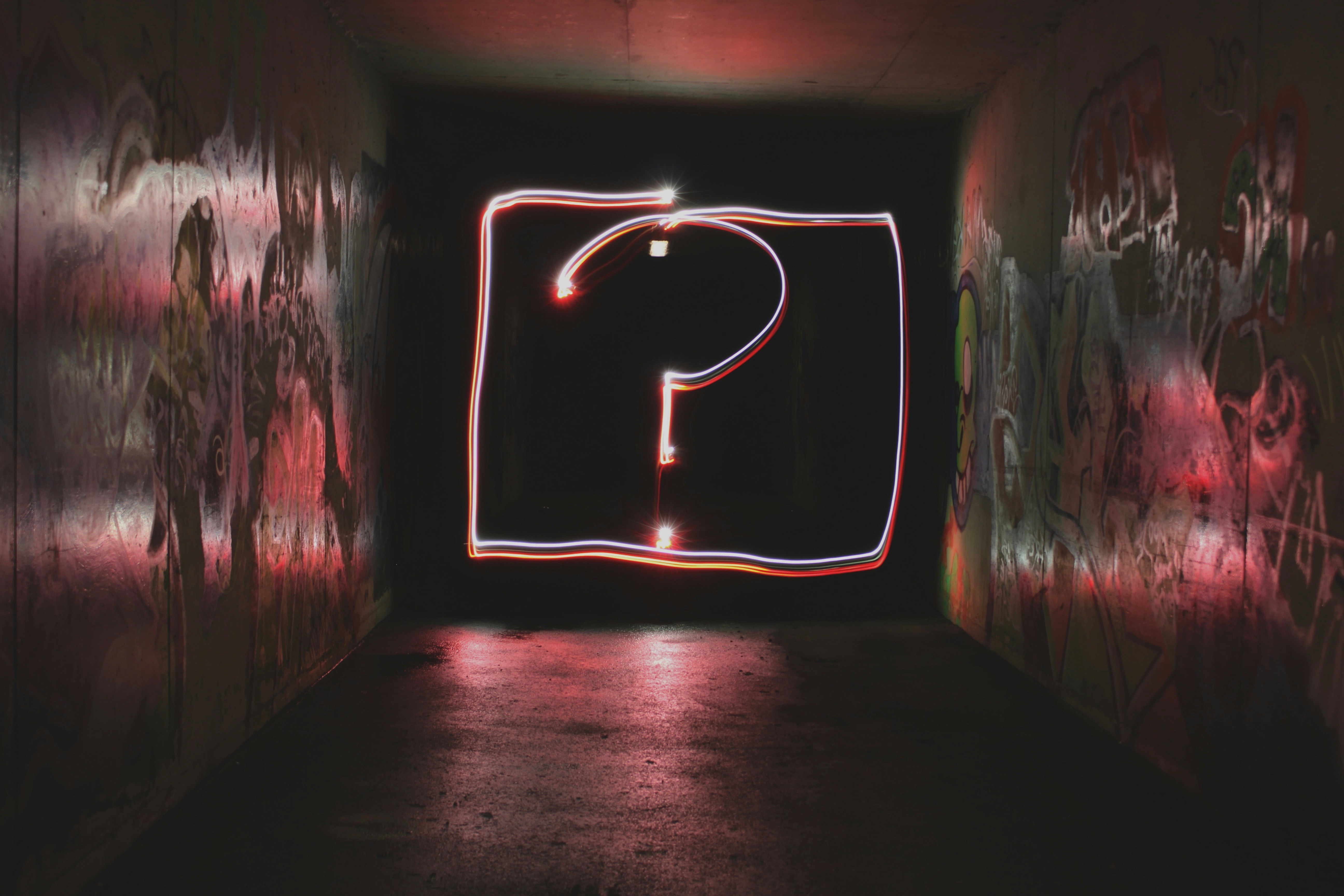
Lord Of The Rings: Rings Of Power Review – One Very Expensive Show To Rule Them All
<
p >
There’s been no shortage of buzz surrounding Prime Video’s Lord of the Rings TV show. From die hard fans of the Tolkein novels and Peter Jackson’s original trilogy to curious onlookers drawn in by its record-breaking billion dollar price tag, you’d be hard pressed to find a show with more curiosity (or anxiety, depending on who you’re asking) swirling around it. And that’s to say nothing of the vagaries of the promotional material as a whole–sure, there are some familiar faces, like a younger Galadriel and a younger Elrond in the mix, but the vast majority of the cast is playing characters who either only received passing mention in Tolkein’s works or who were invented solely for the show, making it difficult to pin down what, exactly, Rings of Power plans on doing with such a thoroughly established mythology.
And, with only the first two episodes provided by Amazon for review, I’m not sure I have a fully formed answer to that question just yet. But what I can say is that Lord of the Rings: The Rings of Power definitely does look and, more importantly, feel like what we’ve all come to expect from a story set in Middle-earth. Taking place in the Second Age–with flashbacks to an era even before that, when, in Galadriel’s words, there had “not yet been a sunrise”–Rings of Power deals with the murky period of Middle-earth’s history where an immortal evil being named Morgoth and his extremely powerful underling, Sauron, have been defeated after a centuries-long war. This is, critically, not the war we see in the flashbacks of Fellowship of the Ring, where Elrond pleads for Isildur to take the chance to hurl the One Ring into the fire–but a war that happened much, much before that. This was a war that brought the Elves to Middle-earth in the first place, and introduced them to the world of men.
The first two episodes of Rings of Power do a great job of laying out all this exposition in an engaging and easy-to-follow way. There’s definitely a grand scale to it, with plenty of proper nouns and poetic turns-of-phrase tossed in for good measure, but it’s never bogged down or difficult to keep track of. The Elven leadership believes they’ve won this war and vanquished Morgoth and his followers, but Galadriel, headstrong and carrying an astronomical amount of guilt for the loss of her brother and her ancestral homeland, refuses to believe the threat is actually gone for good. From there, things begin to clearly cascade outward as we start to see that she’s probably correct. Every corner of Middle-earth is experiencing strangeness. The nomadic Harfoots, ancestors of the Hobbits, have a confrontation with a mysterious stranger. The Dwarves, who are experiencing the very height of their golden age, are teetering on the edge of disaster. Human settlements, begrudgingly “safeguarded” by suspicious Elven soldiers who believe that mankind is inherently susceptible to evil, are experiencing raids from monstrous creatures and strange, magical plagues.
There is, put plainly, a lot going on. The first two episodes are two solid hours of TV and all of these plotlines are happening simultaneously, meaning there’s no shortage of hopscotching around but, thankfully, most of the throughlines are well telegraphed and equally well performed. Rings of Power excels in understanding its own foregone conclusion–the stakes here are not in the fact that the Rings of Power are eventually going to be forged and another war is going to come to Middle-earth, but in dozens of smaller mysteries that zero in on the characters themselves. The question then becomes not if or when everything is going to hit the fan, but why and how, and the premiere does a strong job of selling each character as worthy of your time and attention. At least, most of the time.
Of the massive ensemble cast, there are some clear winners in terms of character and chemistry. Morfydd Clark and Robert Aramayo’s Galadriel and Elrond are magnetic on screen, and it only takes them a few split second scenes to establish their sibling-like friendship. Similarly, Aramayo’s work across from Owain Arthur’s Prince Durin and Sophia Nomvete’s Princess Disa has such heart and surprising humor, it’s hard not to recall their scenes together as some of the most memorable of the premiere. Durin and Elrond are immediately obvious in their worthiness as Gimli and Legolas’s successors–after all, what would Middle-earth be without a Dwarf and an Elf being put-upon besties?
Also in the winning category are the Harfoots–Markella Kavenagh and Megan Richards play Nori and Poppy, very clearly taking their cues from Frodo and Sam, which also immediately works. Their Harfoot family, populated by father Largo (Dylan Smith), elder Sadoc (Sir Lenny Henry), and Marigold (Sara Zwangobani) are equally charming.
The same can’t really be said for Rings of Power’s answer to Aragon and Arwen. It’s not that Ismael Cruz Córdova’s Arondir or Nazanin Boniadi’s Bronwyn are poorly drawn or poorly performed on their own, but together they lack the chemistry to really sell the forbidden lovers story their plotline so clearly hinges on. Arondir becomes much more interesting when he’s talking with his Elven compatriots or trying to navigate the human society he’s kept watch over for decades, and Bronwyn becomes much more engaging when she’s sharing screen time with her son, Theo (Tyroe Muhafidin). Here’s hoping this will change as they evolve over the rest of Season 1–it’s definitely not hopeless, but clearly the weakest link in the current mix.
It’s important to specify “current” here because there are characters who do not appear in the first two episodes at all–quite a few of them, actually. With just how jam-packed these episodes alone are, the fact that the remainder of the season will have to fit even more in is a little bit worrying. So far the balance that has been struck between the various simultaneous plots has worked out fine, but it’s impossible to tell if that balance will remain for the rest of the show, or, more importantly, if Rings of Power will stick the landing.
Thankfully, if there’s one thing that we can count on in terms of the rest of the season, it’s that the look is going to remain strong. Rings of Power hasn’t shied away from using practical effects and practical sets to mirror the established aesthetics of the earlier movies. It looks consistently great, with decadent props and costumes to bulk out even the newly introduced corners of Middle-earth. And it sounds great, too, with a theme song composed by Peter Jackson collaborator Howard Shore and a soundtrack composed by Bear McCreary. The elements of something genuinely special are all here, all that’s left is to hope they congeal into something worthy of the legacy they’re playing with by the end of the season.































































